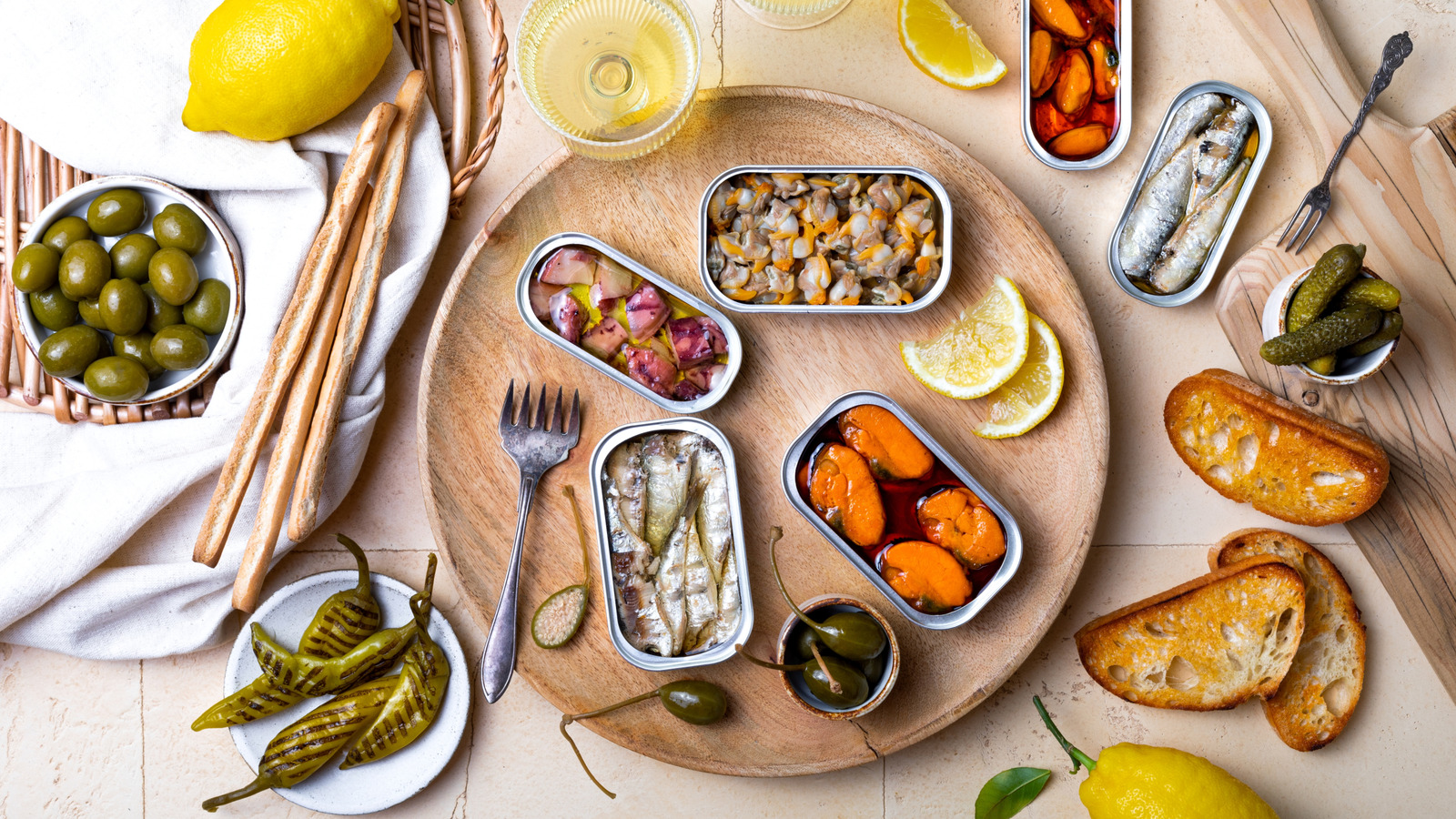
"Smoked oysters are rich, salty, and faintly sweet. They're meaty and saline, and perfectly bite-sized, fitting in synchronously with the other board-fellows, prosciutto, figs, maybe some salty green olives or expensive-but-worth-it almonds, and a crispy glass of dry white wine. They could also benefit from bright company, like from a spoonful of minced preserved lemon, a sliver of pickle, or a swipe of crème fraîche. Rye crisps or toasted baguette slices make ideal carbohydrate bases,"
"Oysters have been smoked and canned since the late 1800s, when oyster boats worked the Pacific and Chesapeake bays, hauling in a marine abundance that had to be preserved fast. Smoking and sealing in oil was the perfect technological innovation, allowing the fragile mollusk to be easily stored as a pantry staple or road food. The smoking process gives them a depth and complexity that fresh oysters don't have, and a texture that falls somewhere between pâté and the chewier, but still toothsome, muscle tissue"
Smoked oysters deliver a campfire-and-tide-pool aroma with rich, salty, faintly sweet flavor and a meaty, saline bite. They complement charcuterie elements like prosciutto, figs, olives, almonds, and pair well with bright accents such as preserved lemon, pickles, or crème fraîche on rye crisps or toasted baguette. Smoking and canning since the late 1800s preserved oysters effectively, creating a portable pantry staple. Smoking adds depth and complexity and produces a texture between pâté and chewier muscle. Smoked oysters are nutrient-dense, versatile for snacks, hikes, or incorporation into warm pasta or potato dishes, and taste upscale for their price.
Read at Tasting Table
Unable to calculate read time
Collection
[
|
...
]